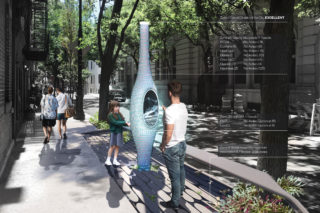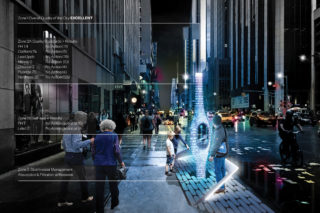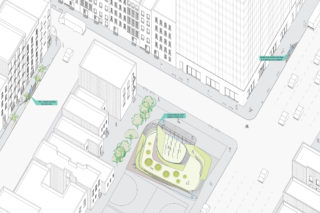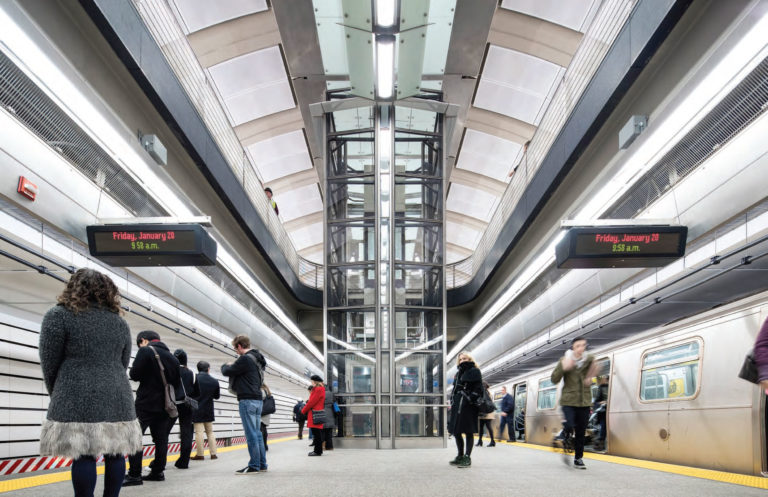Our proposal is a spatial device for the communication of municipal drinking water quality within the public realm: a water sampling station replicated and repeated at strategic points along a public distribution system that monitors and relays critical information locally and network-wide. The Water Alert and Testing Resource (WALTER), is a place for people to see the water quality results of the local water line and test samples from their own faucets. The simple act of measuring and communicating daily water quality—through parameters such as acidity, bacteria, turbidity and hardness—can elicit pride and participation in our drinking water infrastructure. The WALTER project imagines a future where knowledge and participation in our water system engenders a cultural shift toward legibility and accountability, toward stewardship and mutual responsibility. Water information has the power to influence water consumption, where trust in our municipal drinking water is essential for overcoming the sense of security offered by private bottlers. We collect, pump and distribute water from natural sources to highly curated destinations for consumption, protection, and health, all hidden in an extensive path of purification and pressuriz ation and rarely revealed. Whether our infrastructure lies under or above ground, we benefit from intelligent and active landscapes that empower and elicit stewardship of our resources. By using the existing infrastructure of the 965+ water samplings stations throughout the city, we can simply replace the top access box with a communicative and technologicallyadvanced testing system and skin to see these small pieces of invisible infrastructure take on a heroic role in the city. Residents of Flint, MI from 2014 to 2015 and Washington D.C. from 2000 to 2004 consumed contaminated water without public acknowledgment. Today we are grappling with the timeline and impact of Newark’s lead exposure in the water system. Unfortunately, these examples represent a small percentage of people in the U.S. that have been exposed to contaminated water. While New York City has the highest quality municipal water supply in the U.S. and a proactive list of infrastructure projects, WALTER in NYC can have three major impacts: securing trust and stewardship, future-proofing communication, and being a demonstration to other cities that have a vulnerable system that will benefit from a visible, immediate and public communication system today. Research and growing partnerships in support of this proposal have been made possible by a grant from the New York State Council on the Arts (NYSCA) and Storefront for Art and Architecture. With additional support recognition from the AIANY and ASLANY, WALTER may find a home.
Project facts
Location New York, NY
Architect Ennead Lab/Ennead Architects
Year 2019
Project Team BLUECADET; Caitlin Taylor; Lamont-Doherty Earth Observatory, Columbia University; New York Council on the Arts; Storefront for Art and Architecture; Shawnee Traylor; Wade McGillis
Category Transportation & Infrastructure
AIANY Recognition
2019 AIANY + ASLANY Transportation + Infrastructure Design Excellence Awards











